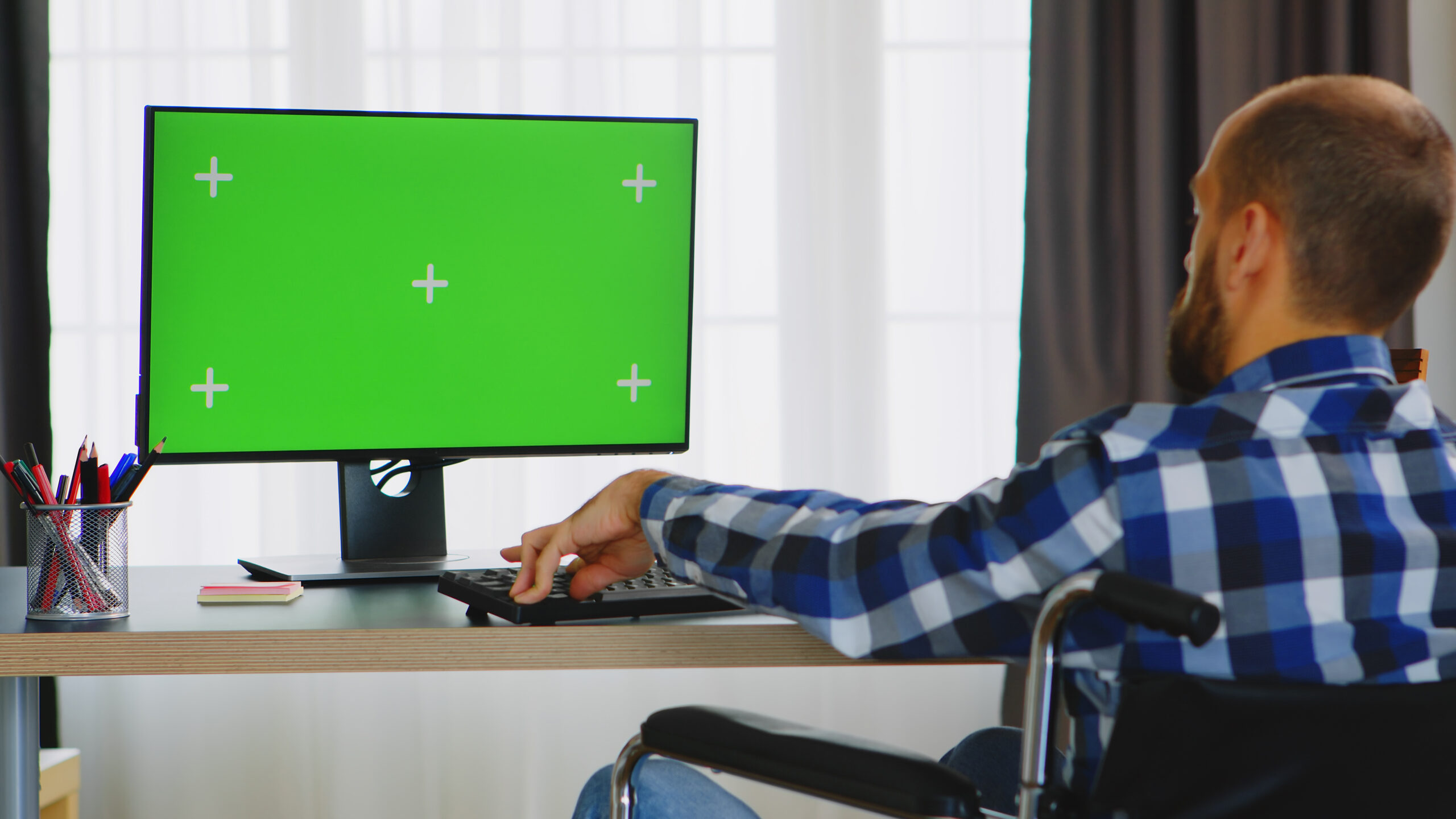Undeniably, monitors come with cables and some technology used for connection. Actually, there are several connection types used and if you come across this aspect of monitors for the first time, you might be overwhelmed by their number. That is why, it will be sensible to prepare for your next purchase of a monitor or a TV set and learn about this technology beforehand. This article will help you to do it.
Most popular monitor connectors
You can find various connector types for the video cards with the addition of various types within it. Most often people including tech refer to the name of the connectors and cables interchangeably. One of the primary thing to remember is that any display adapter will offer one of the six connectors. They are – VGA, DVI, HDMI (including the Mini and Micro-variants ), DisplayPort (including Full and Mini DP variants), ThunderBolot (including mDP Thunderbolt 1 and 2, USB type-C Thunderbolt 3 ports) .
You will find video cards, typically the older ones, with a number of connector types to interface with other media devices for instance, camcorders, projectors, television etc. You may see something like, a video card having a VGA, DVI-I and one of the early S-video connector. In the days when HDMI was not even born, S-video connector was the most popular connector type. This way you could connect your computer to the TV.
There are also video cards, where you will find up to five connectors. For instance, DVI, HDMI, DPs three kind. These cards also add up five monitors simultaneously.
How can you connect a display adapter to your motherboard?
There are four general ways you can connect a display adapter to the motherboard. The oldest connector type, PCI is used to provide support for additional monitors on older systems. A slightly newer versions over PCI and still old in terms of computer terms is, the AGP.
Almost every video card you can find now, plugs into the PCIe slot on the motherboard. The best thing about all new motherboard is, they all have a display adapter built-in. This incredible built-in feature cuts off the unnecessary hassle of you installing additional video card as an expansion, installing and configuring them even if you did not necessarily need one. This was tremendous extra work you had to go through in the early days of computer.
With the ever-growing modern technology, lot of the old days hassle has been eradicated and things made much easier for the general consumers without having to hire a tech and let them do your stuff. With this knowledge in your hand, you are good enough to get and do your own things.

